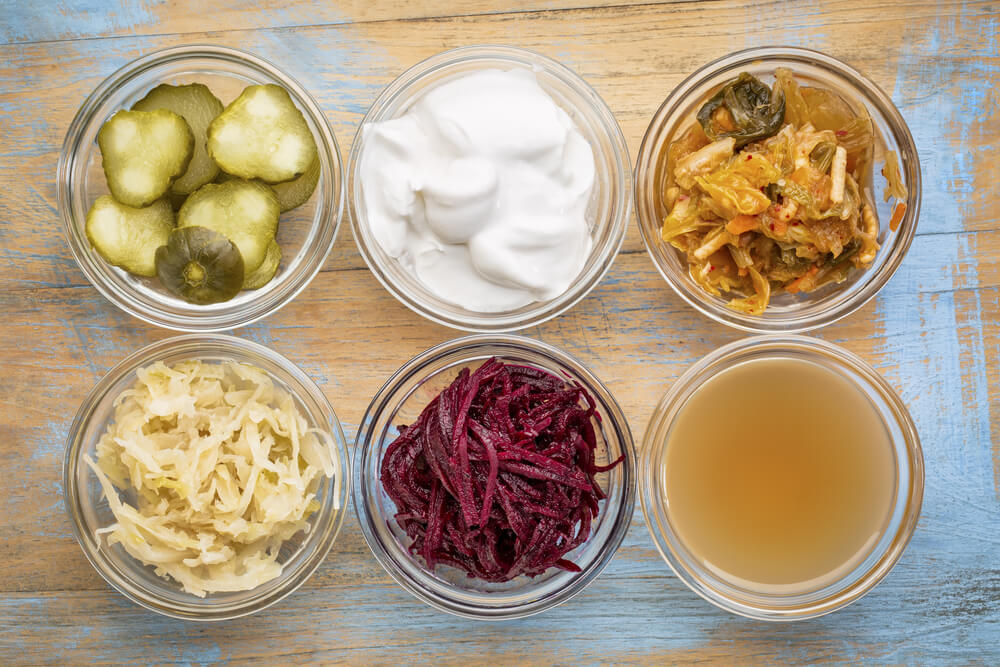
Everyone knows about the importance of probiotics in our bodies. But if you haven’t caught up yet, or, let’s say, you aren’t much of a health junkie—now’s the time to introduce you to the wonders of probiotics! Probiotics are live microorganisms, typically bacteria, that are highly beneficial for your digestive system. If your previous impression of bacteria is that they cause disease, it may be time to rethink that. Our body is filled with both good and bad bacteria, and we can very well categorize probiotics as the “good bacteria,” primarily because they keep our guts healthy and happy.
These beneficial microorganisms are popular in Northern Europe with their culture of fermenting foods with bacteria, like the ever famous yogurt. Even in Japan, beverages rich in probiotics have boomed into a giant business. In fact, probiotics immediately make us think of yogurt. But it’s not the only probiotic food available. Fortunately for you, you can enjoy the benefits of probiotics through other food items you may not even be familiar with. And here’s the best part: You can make most of these by yourself at home!
Kefir
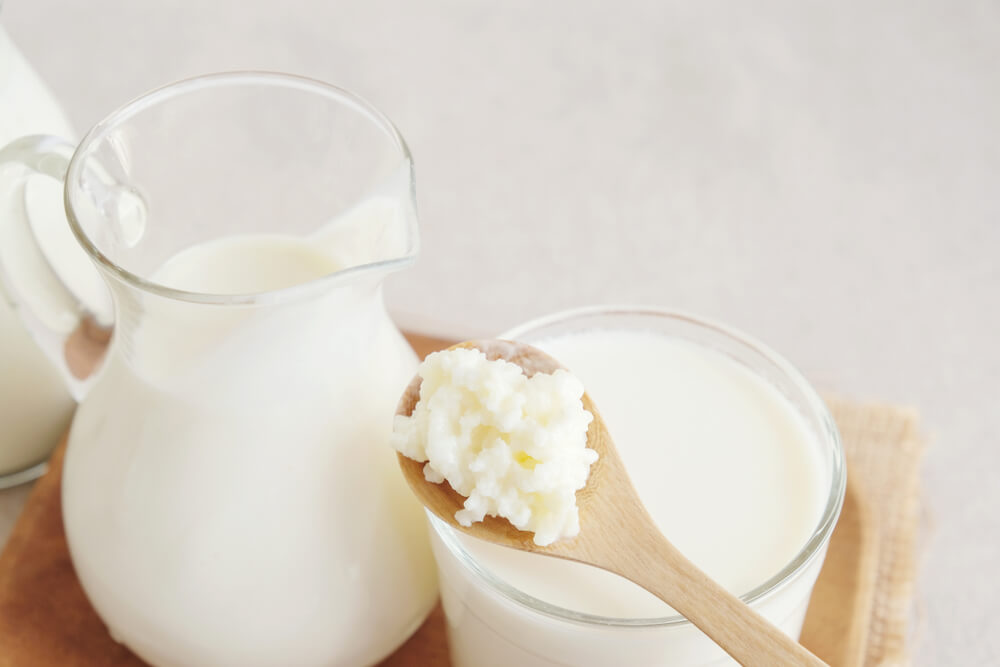
Probably half of you reading this right now aren’t familiar with this probiotic food source. Kefir is a probiotic milk beverage, which is made by mixing kefir grains to regular cow milk or goat milk. Although it is usually added in these types of milk, you can also combine it with non-dairy substitutes like coconut milk or rice milk.
Kefir has been making a buzz in the health community because of the high amount of nutrients and probiotics it contains. Its richness makes it ideal for when you want to cleanse your digestive system and gut health. Some even say that it is healthier than the cult-favorite, yogurt! Can you believe that? So if you’re interested in creating your own probiotic kefir fix at home, we’ve got you.
Ingredients and Materials
- Kefir grains
- Cow or goat milk
- Coconut milk (non-dairy option)
- Sugar (optional)
- Glass jar
- Non-metal stirrer
- Breathable jar cover (mesh, thin cloth, etc.)
- Fine mesh strainer (for straining the kefir grains)
Instructions
- Mix 1–2 teaspoons of the active kefir grains to about 4 cups of milk in a glass jar.
- Cover the jar using the breathable jar cover and secure it with a rubber band.
- Put the jar in a warm area so that culturing can begin.
- Depending on the temperature, this may take up to more or less 24 hours. Wait until the mixture is slightly thick with a good aroma.
- Once you’ve observed that the milk texture has changed, it’s time to strain the kefir grains from the milk.
- Add sugar or other flavorings according to your preference.
- You can reuse the kefir grains for another batch of milk.
- Make sure to store your freshly-made kefir drink in the refrigerator for the best enjoyment!
No time to make one for yourself? Lifeway Kefir by Lifeway Foods is an excellent on-the-go option for you!
Kefir is undoubtedly excellent for your health; however, it also carries some side effects like stomach cramping or feelings of constipation. It is best to consult with your doctor before taking kefir, especially if you have some issues with your immune system.
Nonetheless, research proves that consuming kefir is ideal for most people. If you want to have the right balance of good and bad bacteria in your body, kefir might be a great way to start!
Kimchi
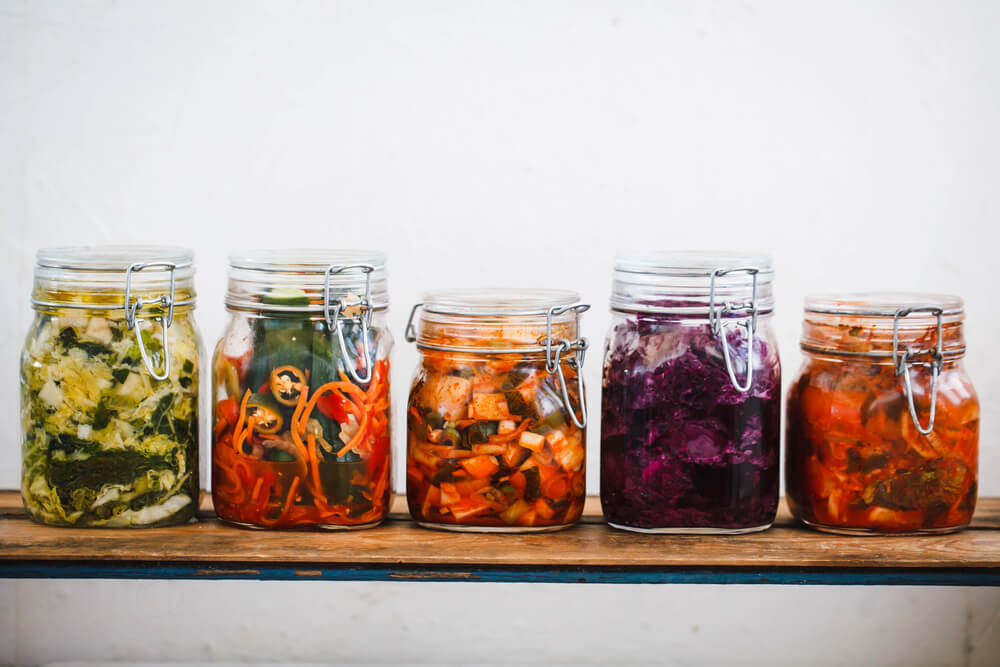
For those enamored with Korean culture, you might be familiar with this next probiotic food on our list.
Kimchi is a famous Korean food enjoyed by many people because of its spicy taste that refreshes your palette instantly. However, only a few people know that it is actually a great probiotic food! This makes sense since kimchi is basically a fermented vegetable dish that relies on raw food ingredients and proper fermentation conditions for its health benefits.
The reason why kimchi is rich in probiotics is that it has a lot of lactic acid bacteria. Among these lactic acid bacteria, Leuconostoc, Weissella, and Lactobacillus are the main heroes for the fermentation phenomenon in kimchi. And since we know we’re not alone in our love for kimchi, it’s great news that you don’t have to travel all the way to Korea to get a taste of this yummy probiotic dish. Check out our easy-peasy kimchi recipe!
Ingredients and Materials
- 1 napa cabbage (medium-sized)
- Iodine-free sea salt/Kosher salt
- Distilled water
- 1 tablespoon of grated garlic
- 1 teaspoon of grated ginger
- 2 tablespoons of fish sauce or shrimp paste
- Korean red pepper flakes
- Korean radish, peeled and sliced
- 4 scallions, trimmed and cut into 1-inch pieces
Instructions
- Cut the cabbage lengthwise into quarters. Remove the core and stem from each, and cut each quarter into 2-inch wide cabbage strips.
- Time to salt your cabbage! Get a large bowl for the cabbage. Then, sprinkle a generous amount of salt on the cabbage. With your clean hands, ensure that every cabbage strip is salted by massaging it thoroughly.
- Wait until the cabbage softens a bit and add water to the bowl just enough for the cabbage to soak. After, weigh down the cabbage by placing a plate on top of it. Wait for an hour or two for this to be ready.
- After one or two hours, drain the cabbage and let it rest as you start to make the Kimchi paste.
- Add all the other ingredients, except the radishes and scallions, into the same bowl (wash and dry first!) where you marinated your cabbages. Add as much Korean red pepper flakes as you want.
- Squeeze out your cabbages and add them to the Kimchi paste. Take the radish and scallions and add them to the mix as well! For this step, we recommend you to use gloves as the strong smell can stay in your hands for hours.
- Place your kimchi mixture into a jar. Press it down until you see the brine come up before you close and seal the jar.
- Leave your jar at room temperature for about 1–5 days. It’s normal to see bubbles or some overflows, don’t worry.
- Check your kimchi regularly. The veggies must be submerged in the brine, so make sure to press it down as necessary.
- Once it’s enough for your taste, it’s time to put it in your refrigerator. But hey, if you want to, you can also eat it right away. Personally, though, we’d wait for a week or two after the fermentation process before enjoying our homemade kimchi.
Craving for kimchi right away? Check out this ready-made Kimchi to save you all the hassle.
While the taste of kimchi is not for everyone, it’s still good news for a lot of people who can tolerate the spiciness. Even better is that even those who observe a vegan diet can consume this. Did you hear that, kimchi lovers?
Natto
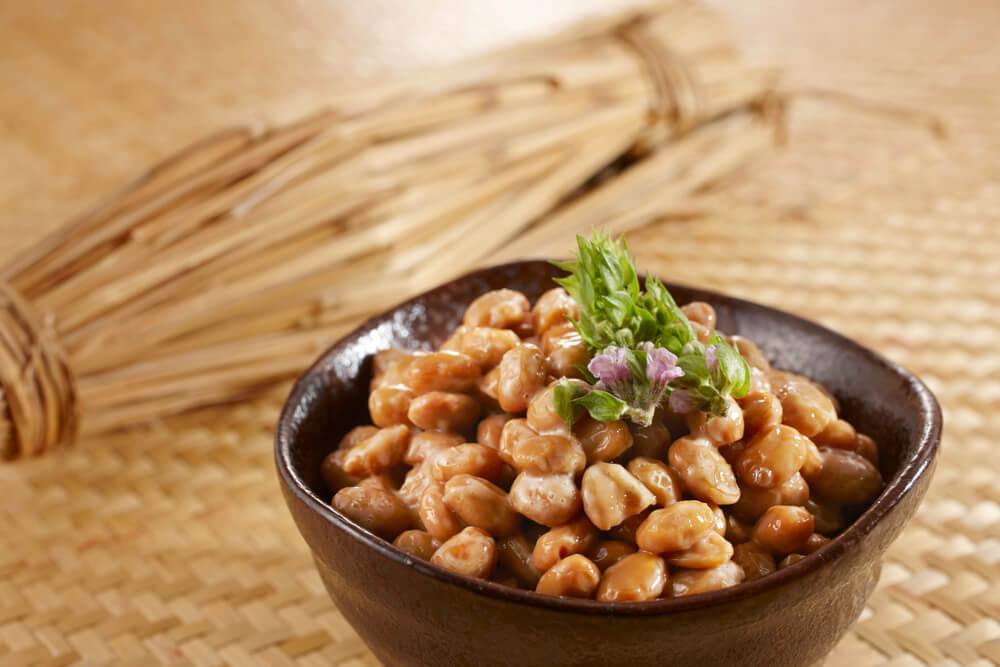
From kimchi, we move on to another fermented dish—this time, it’s the fermented soybean dish known as natto. We don’t know about you, but we can’t say we’re familiar with this one. However, it’s very famous in Japan and is usually enjoyed with a bowl of rice, chives, and eggs in the morning. Like kimchi, natto is a fermented dish with the bacterium Bacillus subtilis, which is a highly potent probiotic.
If you’re a certified and self-proclaimed picky eater, we honestly recommend another source of probiotics for you. Natto is not for the faint of heart; it has a strong flavor and odor and a rather sticky and slimy texture. If you don’t mind those characteristics, then go ahead and give this probiotic dish a try! It’s a bit tedious to make for yourself, but if you’re willing to give it a try, give this fresh natto a chance.
Ginger Beer
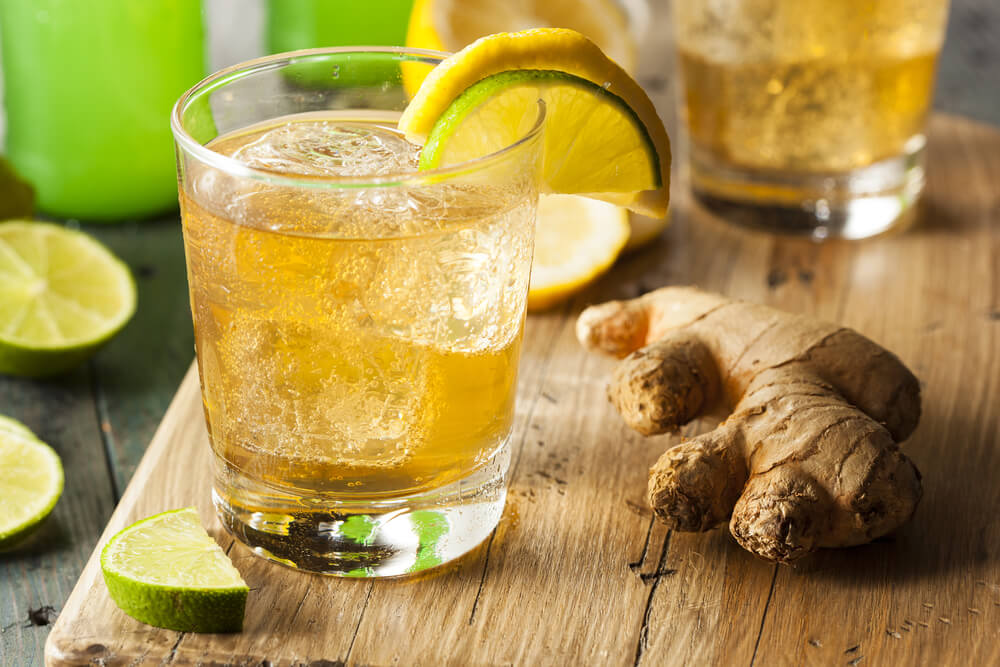
Ginger beer is a fizzy drink that can suit both your sweet and spicy palette. The main star here is, of course, the ginger, which is allowed to ferment in a mixture of yeast, lemon juice, and sugar water.
We love ginger beer for its role in cocktails, but their health benefits are even more significant. Don’t let the “beer” in its name fool you since this drink can help with your diarrhea and nausea! It’s also known for its anti-inflammatory properties and ability to cleanse our system of toxins.
If you want an easy recipe, use brewer’s yeast or fermented ginger bug as your main ingredient. Then, get some sugar, lemon, and ginger root. Bring 2 cups of water to a boil and add the grated ginger, sugar, and some salt while occasionally stirring for 4 minutes. Strain and refrigerate. It’s as easy as pie, enjoy!
Miso
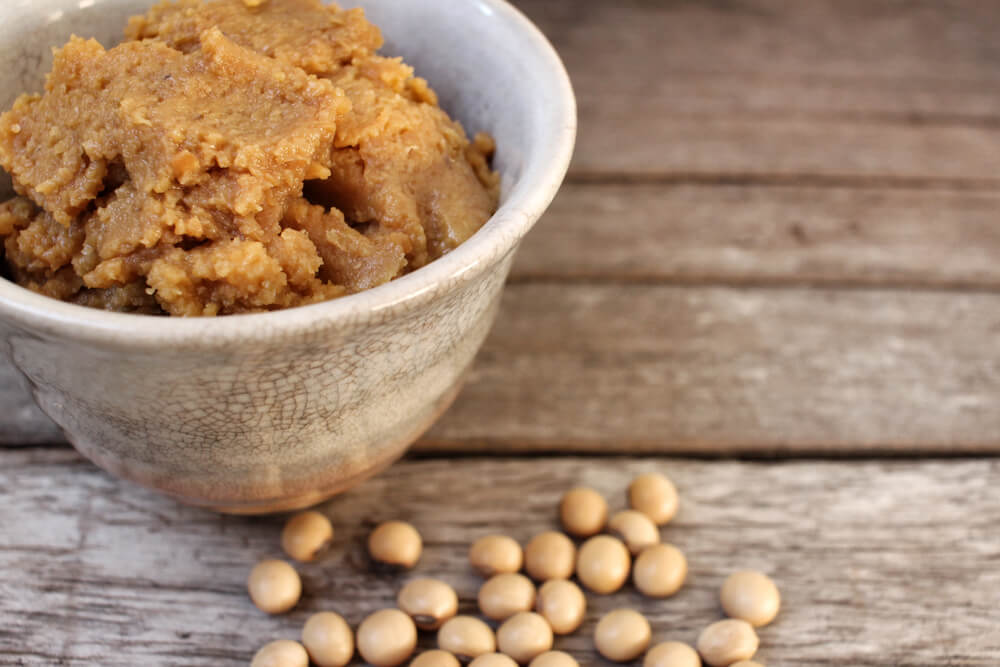
Here’s another Japanese food item! It seems like Japan really is a haven for probiotics.
If some of you are lovers of Asian cuisine, you may already be familiar with miso. For those who are not, miso is a Japanese seasoning made from fermented soybeans seasoned with salt and mixed with koji. Koji helps in activating the fermentation process in miso. If you want higher-quality miso, it can take as long as three years to ferment it perfectly.
Miso paste is most commonly used for miso soup, which is a pretty typical dish in Japan and other parts of Asia. The probiotics that are contained in miso mimics that of the natural probiotics in our digestive system.
Miso is available in almost all local grocery stores. For a classic miso soup recipe, we’ve got one ready for you!
Ingredients
- 4 cups vegetable broth
- 4 tablespoons of Miso paste
- Chopped green onion
- Chopped green chard
- Tofu and nori (optional)
Instructions
- Bring 4 cups of vegetable broth into a low simmer
- Add nori and simmer for 5 minutes.
- Add hot water to the miso paste, whisk it enough to make a thick paste. Set aside.
- Add the chards, onions, and tofu. Cook all these for 5 minutes. After that, turn off the heat and add miso paste. Add a pinch of salt if desired.
- Serve and consume immediately for best taste!
Even with its undeniable health benefits, do take note that miso is very high in sodium. If your diet restricts you on sodium, remember to consume this in moderation.
Kvass
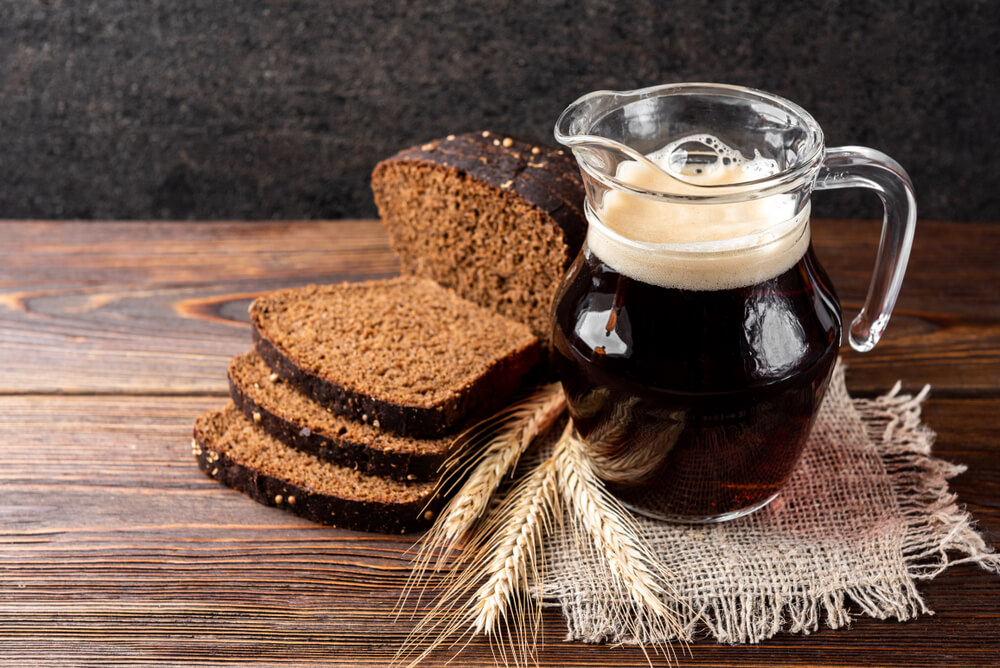
Let’s refresh with another probiotic drink option. Some of you may be well-acquainted with the famous kombucha, but we have something else—kvass. Kvass is a probiotic drink with its own set of benefits. The probiotic ingredient in kvass is called Lactobacillus casei, which helps your body in a lot of ways.
If you’re worried about the alcohol content, its small percentage should be no threat. Usually, kvass is made with rye bread, sugar, and yeast. All these make the fermented beverage that has a carbonated taste.
Kvass may be too sour for some people’s liking if drank as it is. However, you can choose to have it flavored depending on your preference. Personally, we love the classic mint or strawberry addition.
Although we hate to be the bearer of bad news, the commercially-sold kvass might not be your best bet. Not only are the probiotics lost, but the sugary content is way too high that it almost tastes like soda. Even so, you may be curious enough to try this Russian-Imported Kvass.
Lahpet
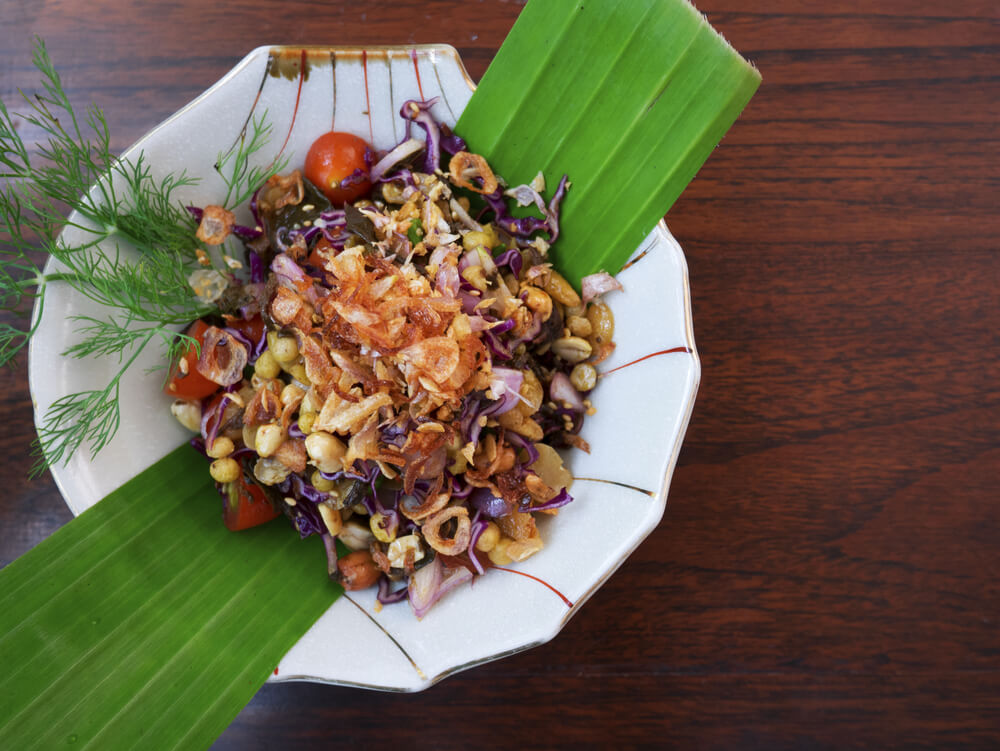
For a lot of us, tea is often exclusive for breakfast or nighttime relaxation. But our friends from Myanmar (or Burma) think otherwise. For them, tea leaves are not exclusively for your usual tea brewing.
Tea leaves are a food item included in their meals. Lahpet consists of young tea leaves that are steamed and fermented in clay pots. The duration of the fermentation process depends on who is making the dish. Regardless, the outcome is almost pungent and bittersweet leaves, which are commonly paired with toppings like coconut, roasted peanuts, ginger, or garlic.
Reportedly, the probiotics present in lahpet allows you to be alert, reduce fatigue, and of course, boost and cleanse your digestive system.
Keeping Your Gut Healthy
We enjoyed making this list! It’s fun to know that yogurt doesn’t hold the monopoly as our probiotic source. Who knew getting keeping your gut healthy is as fun as eating some of these wild food items?
We’re basically hitting two birds with one stone here. First, we’re able to help our gut health, and second, our taste buds are in for an adventurous ride. Here come fun times for the health junkies and the foodies!

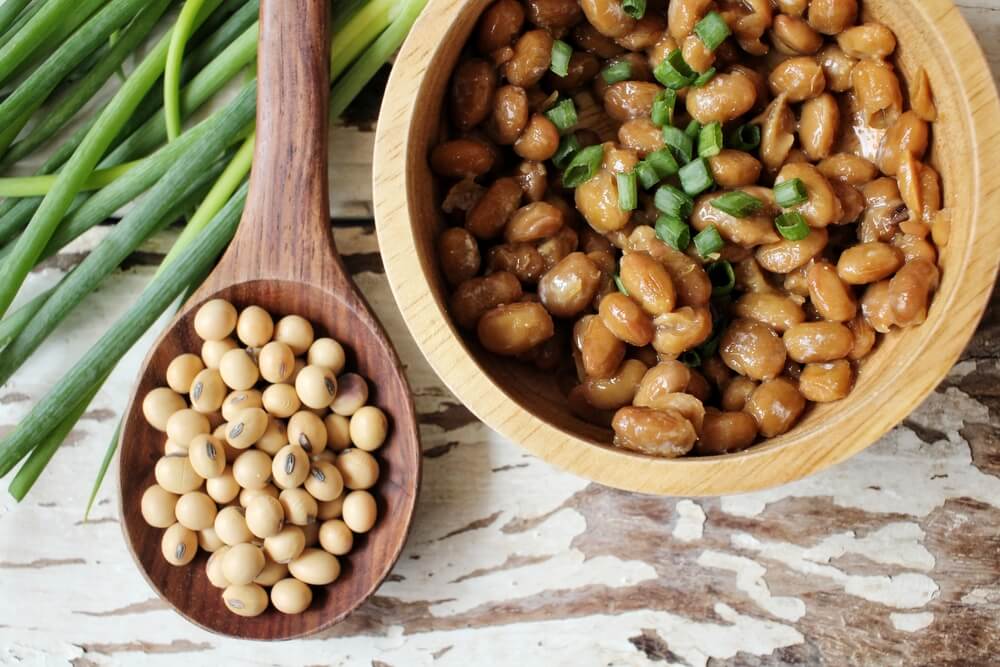
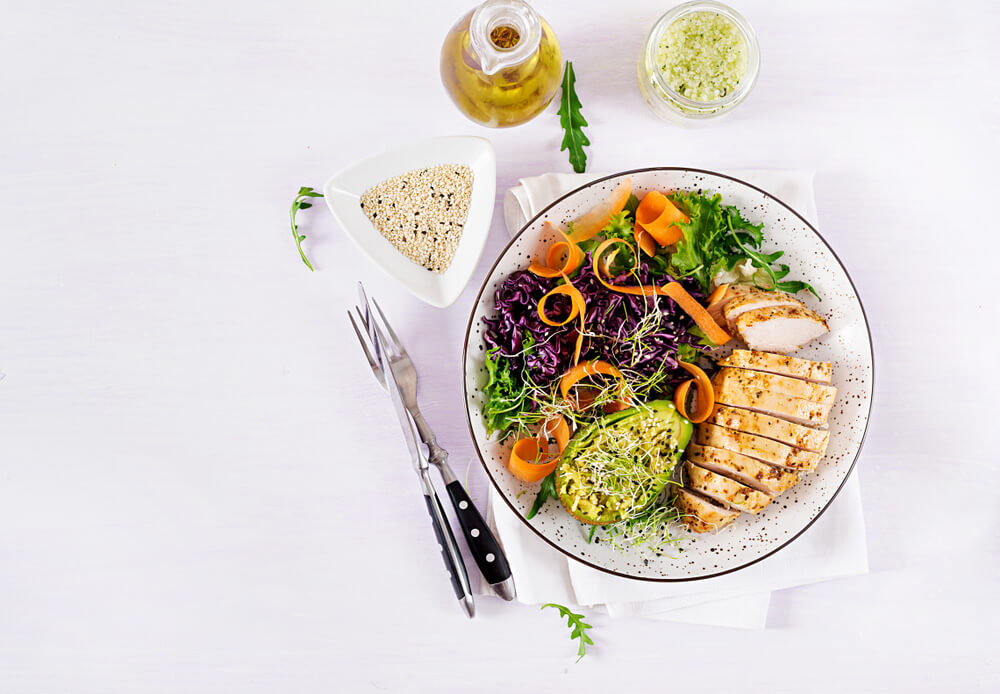

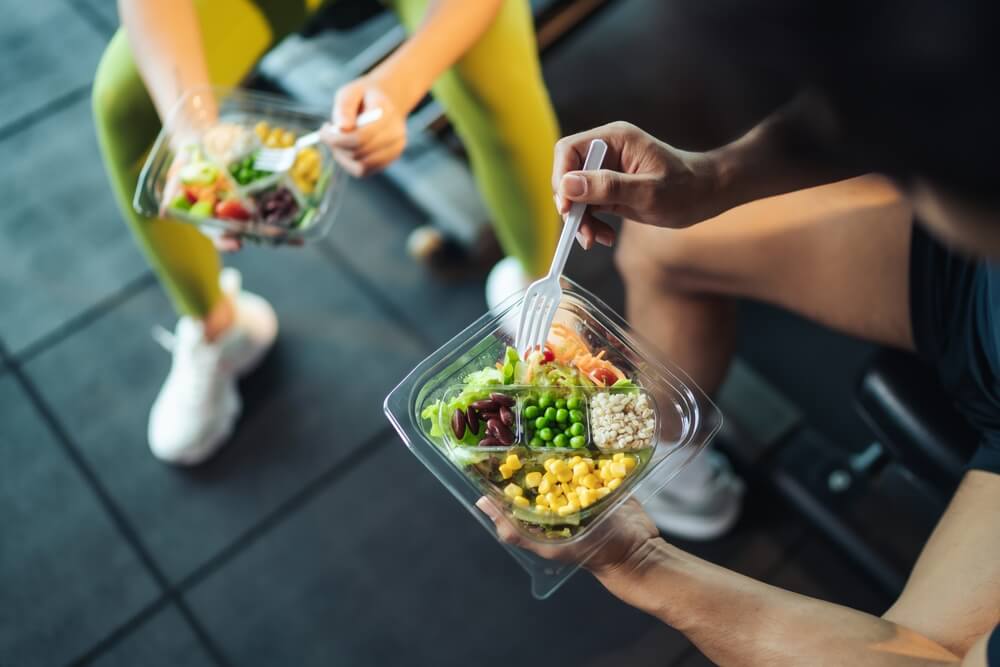
Leave A Comment